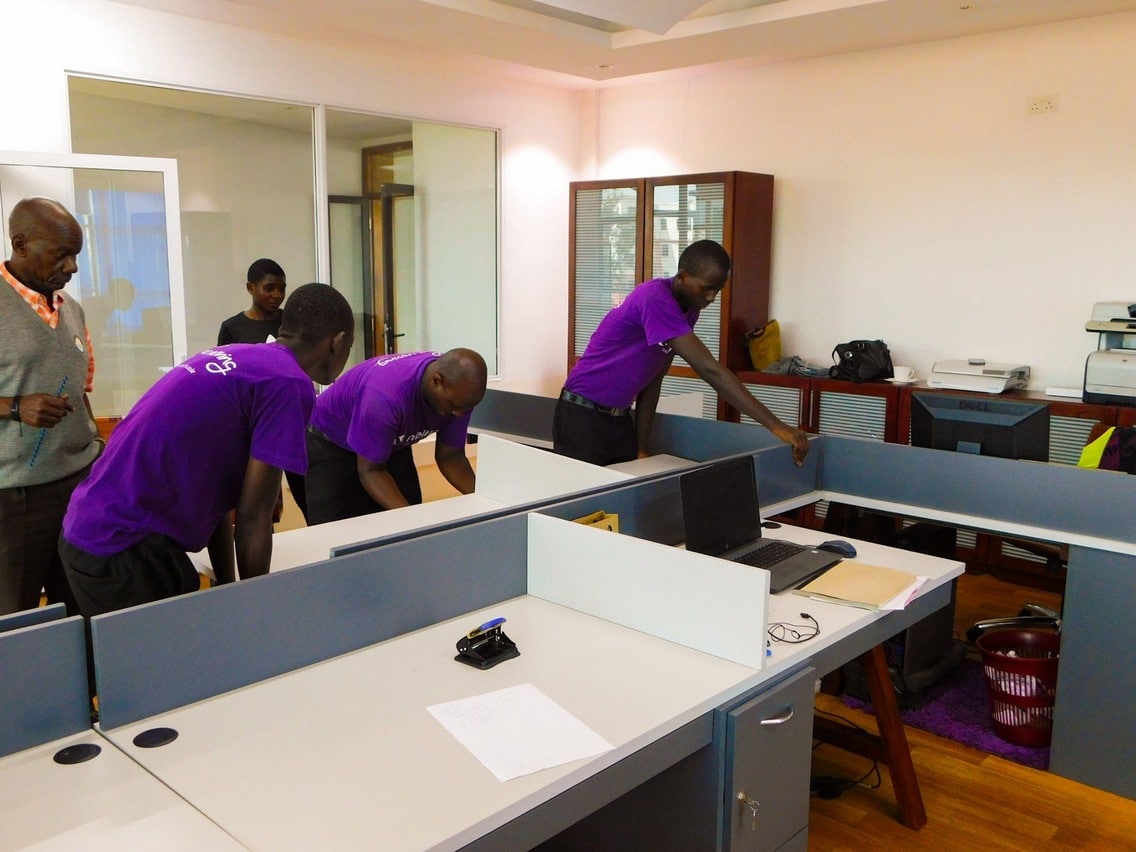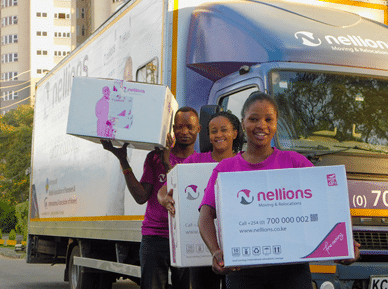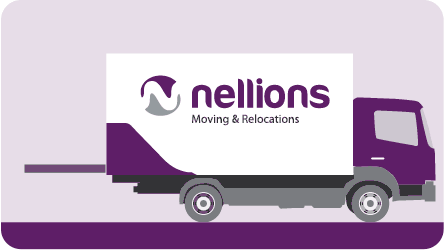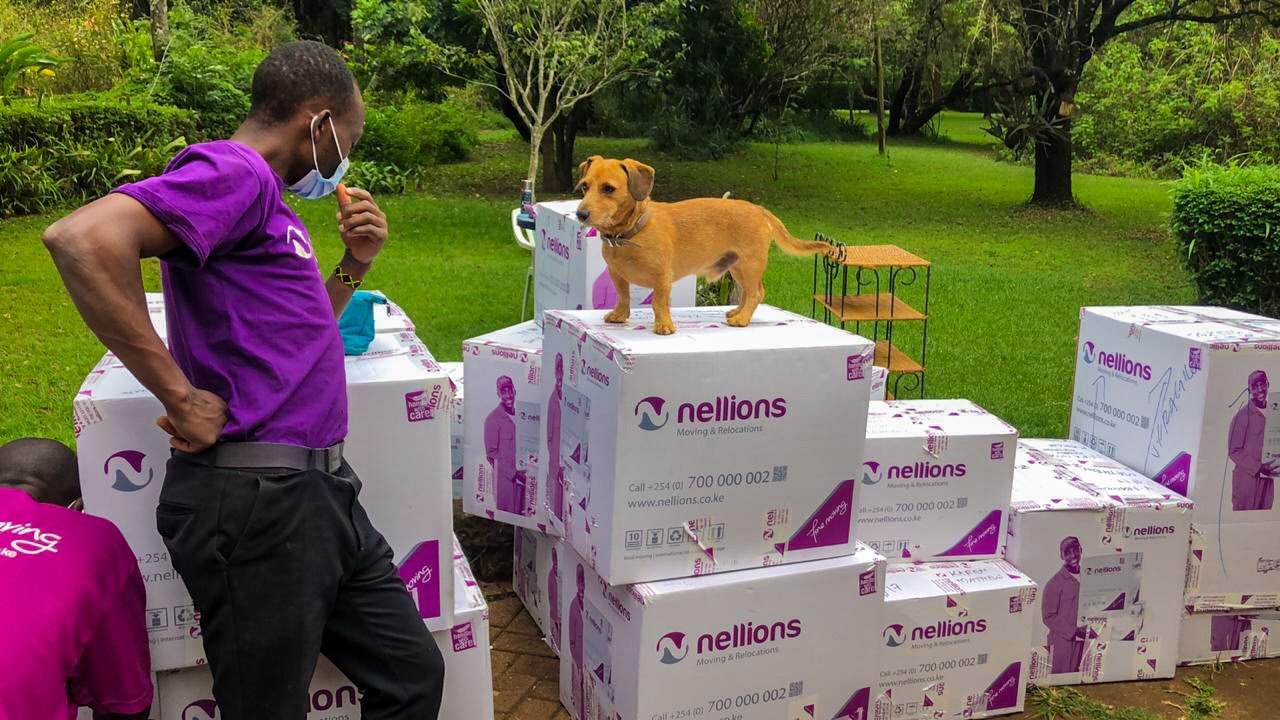Last updated on May 8th, 2024 at 08:43 pm
In today’s fast-paced business environment, office relocations have become a common occurrence. One crucial aspect of these transitions that often requires meticulous planning and execution is the management of Information Technology (IT) resources. In this article, we will delve into the intricacies of IT office moving, focusing on Kenya, and explore strategies to minimize disruptions effectively.
Minimizing IT disruptions during office moves is paramount in ensuring business continuity and productivity. A poorly managed IT transition can result in data loss, prolonged downtime, and potential security vulnerabilities. By understanding and implementing best practices in IT office moving, organizations can safeguard their digital assets and maintain seamless operations throughout the transition.
While the challenges of office relocations are universal, the specific nuances of managing IT transitions can vary based on geographical locations and local factors. In this article, we will emphasize the context of Kenya, addressing the unique aspects and considerations that businesses in the region may encounter when relocating their IT infrastructure.

Understanding the Challenges of Moving IT Equipment in Kenya
When it comes to relocating your office in Kenya, one of the most critical aspects to consider is the seamless transition of your Information Technology (IT) infrastructure. The process can be fraught with challenges that, if not handled correctly, can lead to significant disruptions. Let’s delve into these challenges:
Common IT Challenges During Office Relocations
1. Data Loss and Security Risks: During an office move, the risk of data loss and security breaches looms large. Physical transportation of servers and storage devices can lead to data corruption or even loss if not handled with utmost care. Additionally, the exposure of sensitive data during the move can make your organization vulnerable to security threats.
2. Downtime and Productivity Loss: Downtime is the nemesis of productivity, and office relocations often entail a period of inactivity as IT systems are being moved, set up, and configured. Extended downtime can result in a substantial loss of productivity, revenue, and customer satisfaction.
3. Technical Issues with Server Relocation: Relocating servers requires meticulous planning and execution. Technical issues, such as improper handling, connectivity problems, or hardware failures during transit, can cause unexpected delays and disruptions in service.
Unique Considerations for Moving IT Departments in Kenya
Kenya, like any other location, presents its own set of unique considerations for IT office moves:
- Infrastructure Challenges: Kenya’s IT infrastructure may differ significantly from more developed regions, leading to potential challenges in finding suitable data centers, reliable internet connectivity, and skilled IT professionals for server relocation and setup.
- Regulatory and Compliance Requirements: Navigating Kenya’s regulatory environment and ensuring compliance with data protection and privacy laws can be intricate. It’s essential to understand and adhere to local regulations throughout the relocation process.
- Logistical Constraints: Kenya’s geography and road infrastructure may pose logistical challenges, affecting the safe transportation of IT equipment. Adequate planning for these constraints is crucial to avoid delays and damages.
In the following sections of this article, we will explore strategies to overcome these challenges, ensuring a smoother IT transition during your office move in Kenya.
Data Backup Strategies
Importance of Data Backup Before Moving IT Equipment
Before embarking on an office relocation in Kenya, or anywhere else for that matter, one of the fundamental steps that cannot be overlooked is data backup. Data is the lifeblood of any modern business, and the potential risks associated with an office move make it imperative to safeguard your digital assets.
Data loss can occur due to various reasons during an office move, such as equipment damage, accidental deletions, or unexpected technical glitches. The consequences of such data loss can be catastrophic, leading to financial losses and reputational damage. Therefore, comprehensive data backup is the linchpin of your IT transition strategy, offering a safety net for your valuable information.
Recommended Data Backup Solutions
When it comes to data backup solutions, two primary options stand out, each with its own advantages:
1. Cloud-Based Backup: Leveraging cloud-based backup services is a robust solution that offers scalability, accessibility, and data redundancy. Services like Google Cloud, AWS, and Microsoft Azure provide secure storage in remote servers. Cloud-based backup ensures that your data remains accessible from anywhere with an internet connection, and it mitigates the risk of data loss due to physical hardware damage during the move.
2. External Hard Drives: External hard drives are a more traditional but reliable choice for data backup. They offer large storage capacities and can be easily disconnected and transported separately, reducing the risk of physical damage during transit. While they may lack the real-time accessibility of cloud-based solutions, external hard drives provide a tangible backup that you can keep on-site for added security.
Steps to Ensure Data Integrity During Backup
To guarantee the integrity of your data during the backup process, it’s essential to follow a structured approach:
1. Inventory and Prioritization: Begin by identifying all critical data and systems that need to be backed up. Prioritize data based on its importance to the business’s operations.
2. Select Backup Software: Choose reliable backup software that aligns with your specific needs. Ensure that it offers features such as automatic backups, versioning, and encryption for added security.
3. Regular Backup Schedule: Establish a consistent backup schedule to ensure that data remains up-to-date. Frequent backups reduce the risk of data loss between backup intervals.
4. Test Restores: Periodically perform test restores to verify the integrity of your backup data. This practice ensures that you can successfully recover your data when needed.
5. Off-Site Storage: If using external hard drives, consider storing backups off-site, away from the primary office location, to protect against physical disasters like fire or theft.
Incorporating these data backup strategies into your IT relocation plan will provide a robust safety net for your critical information, ensuring that it remains secure and accessible throughout the office move in Kenya.
Server Relocation
Server relocation is a critical component of any office move, and in Kenya, where the IT infrastructure landscape may present unique challenges, meticulous planning and execution become even more crucial.
Planning for Server Relocation
1. Assessment of Current Server Infrastructure: The first step in planning for server relocation is conducting a comprehensive assessment of your existing server infrastructure. This includes taking stock of the hardware, software, and network configurations. Understanding the current setup is vital for devising a relocation strategy that minimizes disruption.
2. Identifying New Server Location: Once you’ve assessed your current infrastructure, the next step is to identify the new server location in your Kenyan office. Consider factors such as physical security, environmental conditions (like temperature and humidity), and accessibility. Choosing an appropriate location ensures the long-term stability and performance of your servers.
Execution of Server Relocation
1. Proper Handling and Transportation: When it’s time to physically move the servers, utmost care must be taken in handling and transporting them. Servers are delicate pieces of equipment, and jarring movements or shocks can cause irreparable damage. Ensure that server racks are disassembled properly, and components are securely packed for transport. Employ experienced professionals or specialized movers who are well-versed in server handling to minimize the risk of mishaps.
2. Reinstallation and Configuration: Upon arrival at the new office in Kenya, servers must be reinstalled and configured meticulously. This involves connecting all components, verifying cable connections, and configuring network settings. It’s imperative that this process is executed with precision to ensure that your servers function seamlessly in the new environment.
Testing and Validation of Servers in the New Office
Once servers are reinstalled and configured, the final step is to thoroughly test and validate their functionality within the new office setting.
This involves:
- Hardware Testing: Ensure that all server components are functioning correctly, including hard drives, power supplies, and cooling systems.
- Network Connectivity: Verify that servers are connected to the network and can communicate with other devices as intended. Test both internal and external connectivity to guarantee seamless data flow.
- Software and Data Integrity: Test the integrity of your software installations and data by running diagnostic tests and checking for any discrepancies or errors.
- Redundancy and Failover: If your organization relies on redundancy and failover systems, ensure that these mechanisms are properly configured and tested to provide uninterrupted service in case of hardware or network failures.
Minimizing IT Disruptions When Moving Office

When it comes to the daunting task of moving your office to a new location, perhaps nowhere is the need for meticulous planning and execution more evident than in the realm of Information Technology (IT). The ability to minimize IT disruptions during this transition is crucial for maintaining business continuity. Here are some key strategies to ensure a seamless IT shift:
Developing a Comprehensive IT Relocation Plan
The cornerstone of a successful IT office move is a well-structured relocation plan. This plan should outline every aspect of the IT transition, from data backup and server relocation to network setup and user accessibility. It should detail the timeline, responsibilities, and milestones, providing a roadmap that keeps the entire IT team aligned.
This plan should be a collaborative effort involving IT professionals, office management, and any external vendors or specialists. It should not only cover the physical aspects of moving IT equipment but also consider software configurations, licensing, and compatibility checks for a smooth transition.
Coordination and Communication with IT Staff
Effective coordination and communication are paramount during an office move. Keep your IT staff informed and engaged throughout the process. Regular meetings and updates ensure that everyone is on the same page, and potential issues can be addressed promptly.
Assign specific roles and responsibilities within the IT team to ensure that tasks are delegated efficiently. This includes designating a point of contact for IT-related queries and concerns during the move.
Identifying Potential Risks and Mitigation Strategies
Anticipating potential risks is essential in avoiding IT disruptions. Conduct a thorough risk assessment to identify vulnerabilities, such as data loss, hardware damage, or connectivity issues, that could arise during the move.
Once these risks are identified, develop mitigation strategies. For example, if the risk of data loss is a concern, ensure that robust data backup solutions are in place. If hardware damage is a potential issue, take measures to securely package and transport equipment. Address connectivity concerns by verifying network compatibility and redundancy.
Setting Up a Temporary IT Setup If Necessary
In some cases, it may be prudent to establish a temporary IT setup during the transition to minimize disruptions. This temporary setup can ensure that essential IT services remain available even as the primary infrastructure is being moved and reconfigured.
Temporary setups can include using cloud-based services for critical applications, setting up backup servers, or providing employees with alternative methods for accessing necessary data and resources. The goal is to maintain productivity and functionality throughout the move.
Conclusion
Recap of the Importance of Minimizing IT Disruptions
Office moves are a challenging undertaking, and the importance of minimizing IT disruptions cannot be overstated. IT disruptions can lead to data loss, productivity setbacks, and customer dissatisfaction, which can ultimately impact a business’s bottom line.
Encouragement to Invest in IT Planning for Office Moves
To ensure a successful office move in Kenya or any other location, investing in comprehensive IT planning is crucial. The case studies and best practices discussed highlight the benefits of proactive IT management in mitigating risks and minimizing disruptions.
Final Thoughts on Ensuring a Seamless Move in Kenya’s Business Landscape
In Kenya’s dynamic business landscape, office relocations are opportunities for growth and expansion. By following the lessons and recommendations from successful IT office moves, organizations can not only navigate the transition effectively but also position themselves for continued success in the evolving Kenyan market.
A well-executed office move, with IT systems running smoothly, can set the stage for a bright future in business.
Do you need help migrating your IT equipment, servers, or data center? Contact the best IT equipment moving company in Kenya today for a seamless transition – minimize disruptions and safeguard your tech assets.







